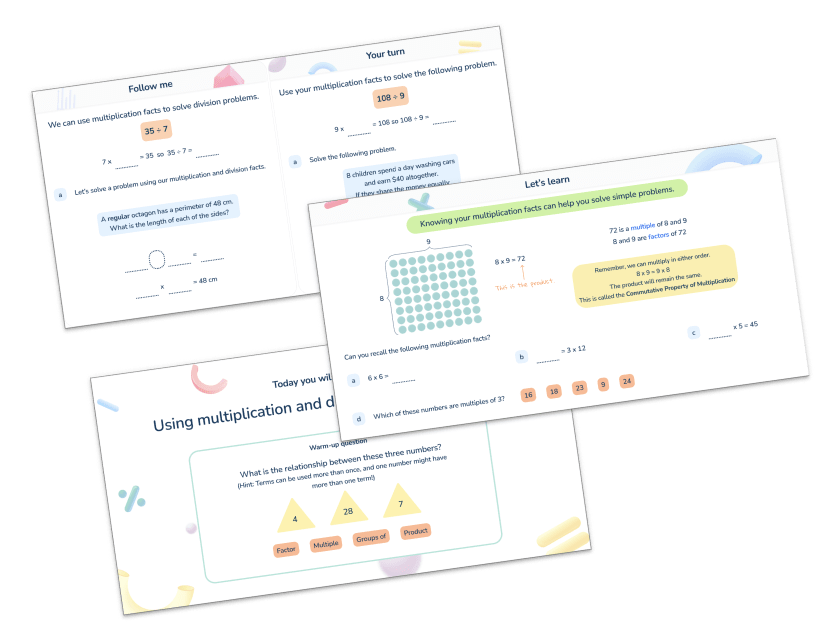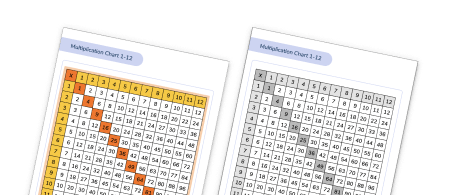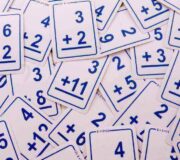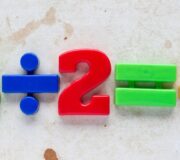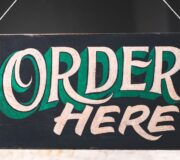What Is Long Multiplication: Explained For Elementary School Teachers, Parents And Kids
Long multiplication is the method used to multiply using the standard algorithm. Upper elementary multiplication involves multiplying a number with two or more digits by a two-digit number, e.g. 34 x 27, 851 x 82 or 4,274 x 93. This article explains the process for multiplying these numbers using long multiplication, also known as standard algorithm multiplication.
When do we use long multiplication?
Long multiplication is a method used for multi-digit multiplication. In the elementary curriculum, the standard algorithm is taught for multiplying two, three and four digit numbers, the multiplicand, by 2-digit numbers.
Teaching Long Multiplication Worksheet
Help your students practice their long multiplication with this ready-to-use worksheet covering 45 multiplication questions and answers.
Download Free Now!The long multiplication method
Below are three long multiplication examples that demonstrate the standard multiplication algorithm or formal method used when multiplying larger numbers:
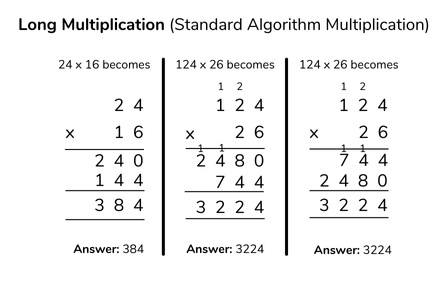
The first and third multiplication demonstrate the most common multiplication methods.
Example 1: 24 x 16
This is an example of 2-digit multiplication. 26 is partitioned to become 20 and 6. 124 is multiplied by 6 first, which equals 744; 126 is then multiplied by 20 to become 2480; 2480 and 744 are added together to make 3224.In order to succeed at using the standard algorithm while multiplying, it is essential that children are fluent in their multiplication facts, or times tables. If your students are struggling to become confident in their multiplication facts, then we recommend trying out these multiplication games as a great next step. You can also support learners with the use of a multiplication chart. It is also important that students are aware and confident about place value to avoid mistakes.
Example 3: 124 x 26
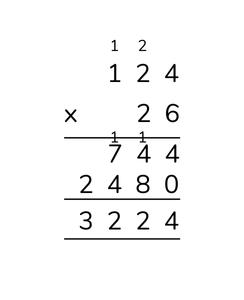
Here, you have the step by step guide to long multiplication for the third example:
- Set up the question in the formal method, usually with large numbers as the top number and the smaller number as the bottom number. Ensure the ones and tens columns (etc.) of both numbers line up.
- Remember to start the process of multiplication with the units, also known as the ones place, so multiply 6 by 4
- Write the answer down correctly in the ones place. Remember you can only write a single digit so regroup into the tens place
- Multiply 6 by 2
- Add anything that you have carried from the previous multiplication.
- Multiply 6 by 1; Add anything that you have carried from the previous multiplication.
- Write the answer down correctly
- Drop a zero as we are now multiplying with 10s
- Multiply 2 by 4
- Write the answer correctly
- Multiply 2 by 2
- Write the answer down
- Multiply 2 by 1
- Write the answer correctly
- Add the two answers up together correctly to find the final answer
Now, all you need to do is follow this step by step guide for any other similar multiplication questions where the standard algorithm would be used.

Meet Skye, the voice-based AI tutor making math success possible for every student.
Built by teachers and math experts, Skye uses the same pedagogy, curriculum and lesson structure as our traditional tutoring.
But, with more flexibility and a low cost, schools can scale online math tutoring to support every student who needs it.
Find out moreWhen will my students learn about long multiplication in elementary school?
Children first learn how to do standard algorithm to answer multiplication problems in 5th grade, where they are expected to multiply 3-digit numbers and 4-digits numbers by a one- or two-digit number using the standard algorithm, including long multiplication for two-digit numbers. 5th grade students will also be expected to use their knowledge to answer word problems and use the standard algorithm to multiply with decimals and fractions, alongside developing their knowledge of the relationship between the standard algorithm while multiplying and dividing.
- According to the Texas Essential Knowledge and Skills (TEKS), in the 4th grade students are expected to use strategies, including the standard algorithm, to multiply up to a four-digit by 1-digit number, and to multiply a 2-digit number by a 2-digit number.
- According to the Texas Essential Knowledge and Skills (TEKS), 5th grade students are expected to multiply with fluency a three-digit number by a 2-digit number using the standard algorithm. Students will also solve for products of decimals to the hundredths place.
Long multiplication questions
1. 746 x 23 =
(Answer: 17,158)
2. A box contains trays of melons. There are 15 melons in a tray. There are 3 trays in a box. A supermarket sells 40 boxes of melons. How many melons does the supermarket sell?
(Answer: 15 x 3 x 40 = 1,800)
3. Write the two missing digits to make this long multiplication correct.
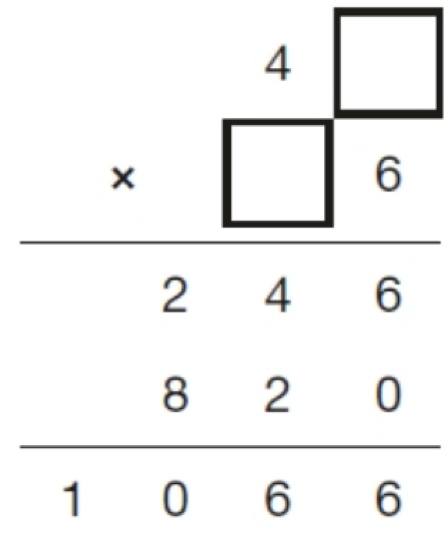
(Answer: 41 x 26)
4. A toy shop orders 11 boxes of marbles. Each box contains 6 bags of marbles. Each bag contains 45 marbles. How many marbles does the shop order in total?
(Answer: 11 x 6 x 45 = 2,970)
5. A shop sells sheets of sticky labels. On each sheet there are 36 rows and 18 columns of labels. How many labels are there altogether on 45 sheets?
(Answer: 36 x 18 x 45 = 29,160)
Long multiplication, also called multiplication standard algorithm, is a method of multiplication, usually used for 3-digit and larger numbers.
According to the Common Core State Standards, multiplying with the standard algorithm is most often introduced in 5th Grade. However, schools and districts that follow the Texas State standards will begin seeing the standard algorithm starting in 4th grade.
Read more
- What Is A Square Number: Explained For Primary Parents And Kids
- What Is The Lowest Common Multiple: Explained For Primary Parents And Kids
- What Is A Cube Number: Explained For Primary Parents And Kids
- Multiplication Worksheets For Grades 3-8: Free And Printable Worksheets
Do you have students who need extra support in math?
Skye—our AI math tutor built by experienced teachers—provides students with personalized one-on-one, spoken instruction that helps them master concepts, close skill gaps, and gain confidence.
Since 2013, we’ve delivered over 2 million hours of math lessons to more than 170,000 students, guiding them toward higher math achievement.
Discover how our AI math tutoring can boost student success, or see how our math programs can support your school’s goals:
– 3rd grade tutoring
– 4th grade tutoring
– 5th grade tutoring
– 6th grade tutoring
– 7th grade tutoring
– 8th grade tutoring
